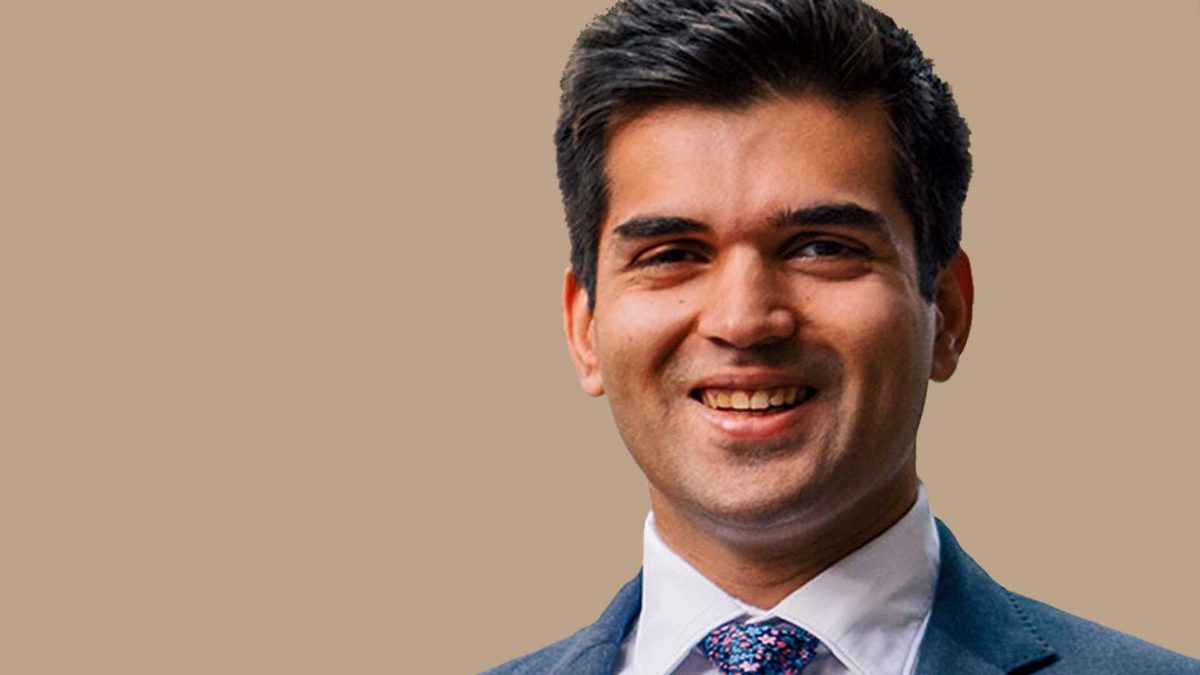Merger race already won
There is a growing fear that the post-YFYS landscape will be dominated by a handful of megafunds, with competition – and differentiated member outcomes – disappearing.
Super funds are about to experience a quick and bloody cull. With the first underperformance results expected on September 1, and letters to be sent out soon after advising members to move on, APRA’s merge-or-die mantra will be on the minds of many trustees.
While it’s widely understood that more consolidation is a good thing, the concern voiced by strategic consultant Right Lane, which counts a number for-profit-to-member funds among its clients, is that you can have too much of it.
Right Lane sees the ideal landscape as comprising three to five generalist megafunds and seven to ten specialist funds, and the ideal member base to be not less than 500,000 in order to reach a “minimum efficient scale” – “Not too fragmented, but not too consolidated”, in the words of Abhishek Chhikara, Right Lane associate principal.
“If you have too consolidated a system where there’s only a small number of players, or too fragmented a system where there’s lots of players with not much market share, both those systems perform less optimally than a few generalists plus a few specialists,” Chhikara says.
“In terms of what the bases of specialisation are, different funds will have different views. Some may choose to serve a particular member cohort and meet their distinctive needs, whether it’s through a differentiated insurance offering or a more tailored product… we believe having a range of players is likely to strike the best balance between a quality offering for members plus a tailored offering for certain members that need it.”
But Right Lane expects three groups will benefit disproportionately from the advent of YFYS: those funds focused on “first job” industries, such as Hostplus and Rest; those which have historically invested heavily in brand advertising; and, those which primarily offer “choice” products, which will not be covered by the performance test for the time being.
Right Lane believes the rest will soon become victims of a vicious cycle: decreased member growth due to the death of default distribution which will lead to shrinking revenue and a diminished ability to invest in new technology and capabilities, making it even harder to attract new members.
YFYS then will have created competition in name only. The winners have already won.
The research also finds a more highly engaged member base, a trend that started with high rates of switching during and after the Hayne Royal Commission and which has continued unabated. For this reason – and due also to the impact stapling will have on default super – direct to consumer will become the new battleground for trustees.
Smaller funds, especially, have begun to move on this, with Active Super, the recently rebranded LGS super in NSW, leveraging its historical ESG credentials in a bid to attract new members. The problem here is that not everybody has both the brains and brawn to pull it off. Active Super can’t put up billboards at the airport, but Aware Super can.
Absent further government intervention (unlikely, given the Sisyphean battle Morrison and Co. faced on YFYS, and undesirable, given that it would interfere with the improved member outcomes that are likely to arise from consolidation) the scenario posed by Right Lane seems probable.

But while many asset consultants essentially agree with the trends observed, they think the outcomes could be different. David Knox, Mercer senior partner, believes smaller funds will make headway in direct to consumer and live to fight another day.
“We can’t guarantee that (the system will stay differentiated), but I think there are ways that the smaller funds can continue by using bigger players to get economies of scale,” Knox says. “Their brand might be local differentiated industry focused, but they’re giving their investments to a big global player, they’re giving their administration to a major administrator.
“There will be the megafunds, but I don’t think we’ll just get down to five. I think there will be a range of industry funds and retail funds – maybe not run by the banks – but there will still be competition, and you will still see some major employers or multinationals who see pension schemes as part of the package, and they’ll want to do something more than just the standard SG 10 per cent.”
Chhikara agrees that there are other avenues for small funds to stick around, including by “pursuing mergers differently or finding new ways of accessing scale” – think the Maritime Super/Hostplus pooled superannuation trust – in order to “secure a place in the future”. But his answer on whether they will be successful is less definite.
“I can’t talk for specific funds, but the challenge for the sector is to have not just the proposition, but to have the methods and capabilities of tapping into the membership and connecting with them,” Chhikara says. “The differentiated investment and insurance offerings may be necessary – but will they be sufficient? We don’t know.”










